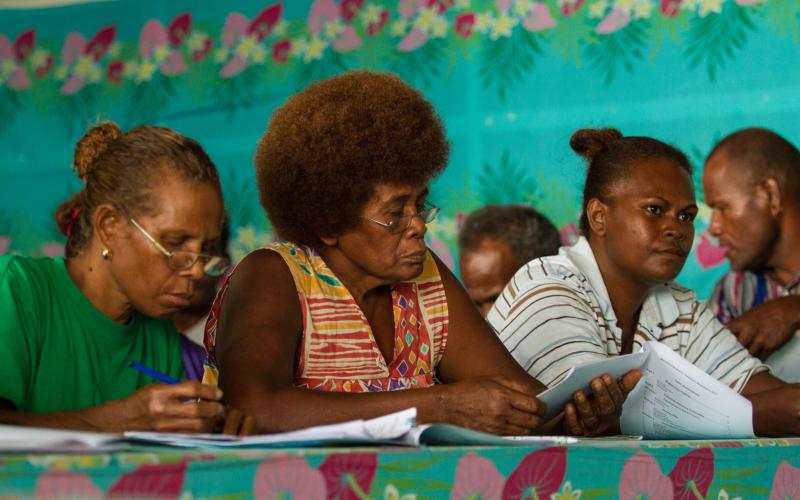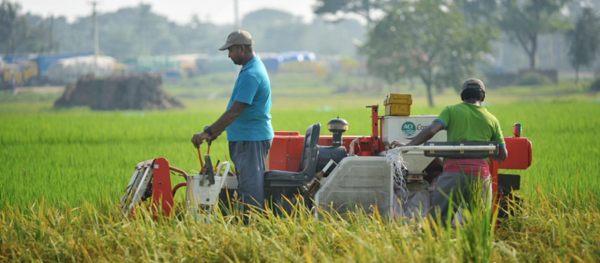Tag: capacity building

Institutionalising Community-Based Resource Management in the Solomon Islands
Oceania: WorldFish has collaborated with governments in the Pacific to introduce Community-Based Resource Management of fisheries and inform policy.
Read MoreImproving Cashew Production via Inspiring Community-Led Films
Africa & Middle East: How film initiatives can be utilized to build capacity among smallholders.
Read More

